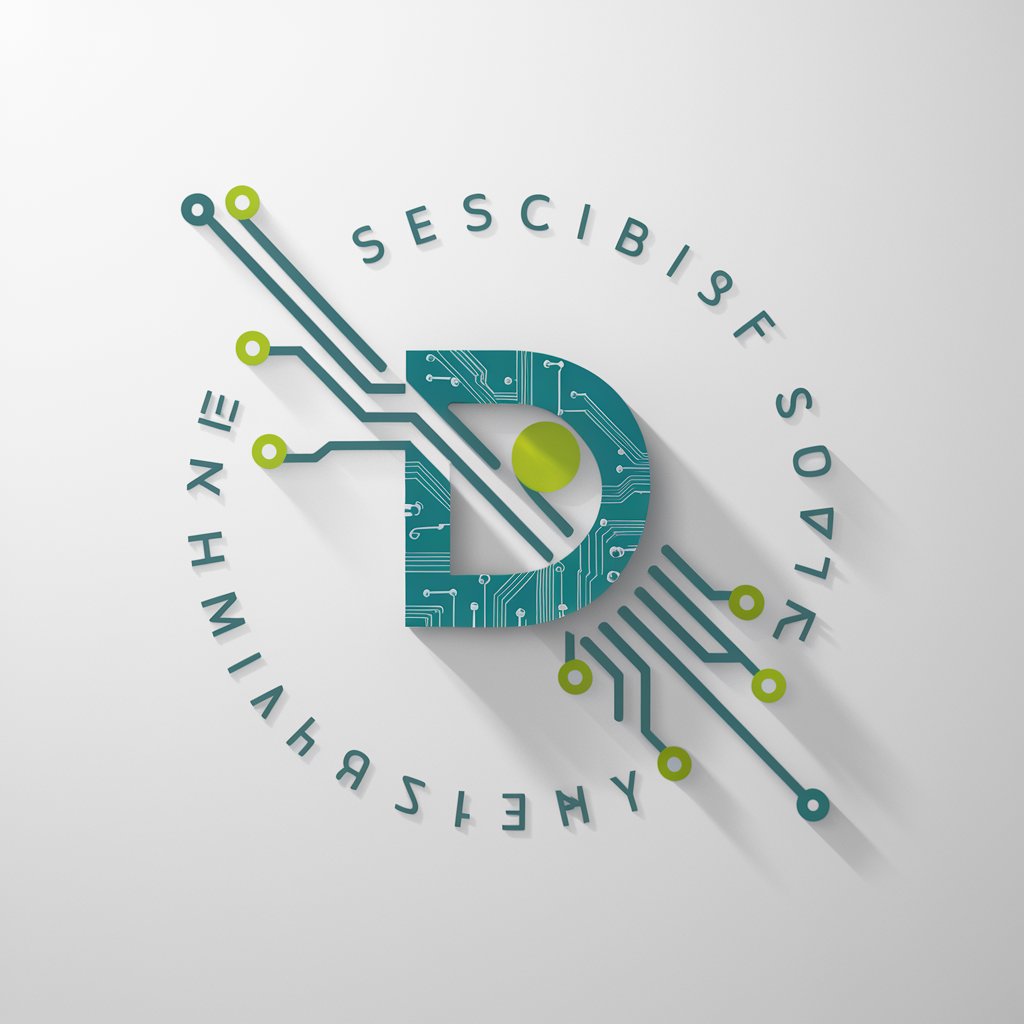
NVCBot - AI-Powered NVC Translator

Hello! I'm here to help you translate your thoughts into Nonviolent Communication. How can I assist?
Transform Words into Understanding
Show me how to express this in NVC.
Get Embed Code
Introduction to NVCBot
NVCBot is designed as a specialized tool to translate conventional expressions of feelings or thoughts into Nonviolent Communication (NVC). The purpose of NVCBot is to help users articulate their feelings and needs in a structured, empathetic manner that fosters understanding and resolution in interactions. This is achieved by reformulating statements to include clear observations, feelings, needs, and requests, thus promoting constructive dialogue. For example, if someone says, 'You are always so messy!', NVCBot would reframe this to express the speaker's observations, feelings, needs, and a positive request, such as noticing the state of a shared space, expressing feelings of discomfort, identifying a need for order, and requesting cooperation in maintaining cleanliness. Powered by ChatGPT-4o。

Main Functions of NVCBot
Expression Conversion
Example
Converting 'You never listen to me!' to 'When I notice that during our discussions you often look at your phone, I feel ignored and unimportant because I need to feel listened to. Could you please focus on our conversation when we are discussing important topics?'
Scenario
This function is useful in personal relationships and workplace interactions where clear, compassionate communication is needed to address misunderstandings or conflicts.
Emotional Clarity
Example
Transforming 'I hate it when you do that!' into 'When I see you doing that, I feel frustrated because I need respect for my preferences. Can we talk about how we can both get our needs met?'
Scenario
This is particularly valuable in scenarios where emotions are high, and there is a risk of reactive responses that could escalate tensions.
Ideal Users of NVCBot
Individuals Seeking Improved Personal Relationships
People looking to enhance communication with partners, family, or friends would find NVCBot beneficial for expressing themselves clearly and empathetically, thus reducing misunderstandings and deepening connections.
Professionals in Conflict Resolution
Mediators, counselors, and HR professionals can utilize NVCBot to guide disputing parties towards more constructive dialogue by modeling empathetic communication.

How to Use NVCBot
Step 1
Visit yeschat.ai to try NVCBot for free, no login or ChatGPT Plus required.
Step 2
Select the NVCBot from the available tools to start using its functionalities.
Step 3
Enter your text in the provided field to convert your message into an NVC (Nonviolent Communication) format.
Step 4
Review the NVCBot's output, which includes observations, feelings, needs, and requests, to ensure it matches your intended communication.
Step 5
Use the output in your personal or professional communication to enhance understanding and empathy.
Try other advanced and practical GPTs
Industrial & Logistics Expert
Streamlining Industry with AI

Emoji master
Converse with Creativity, Powered by AI
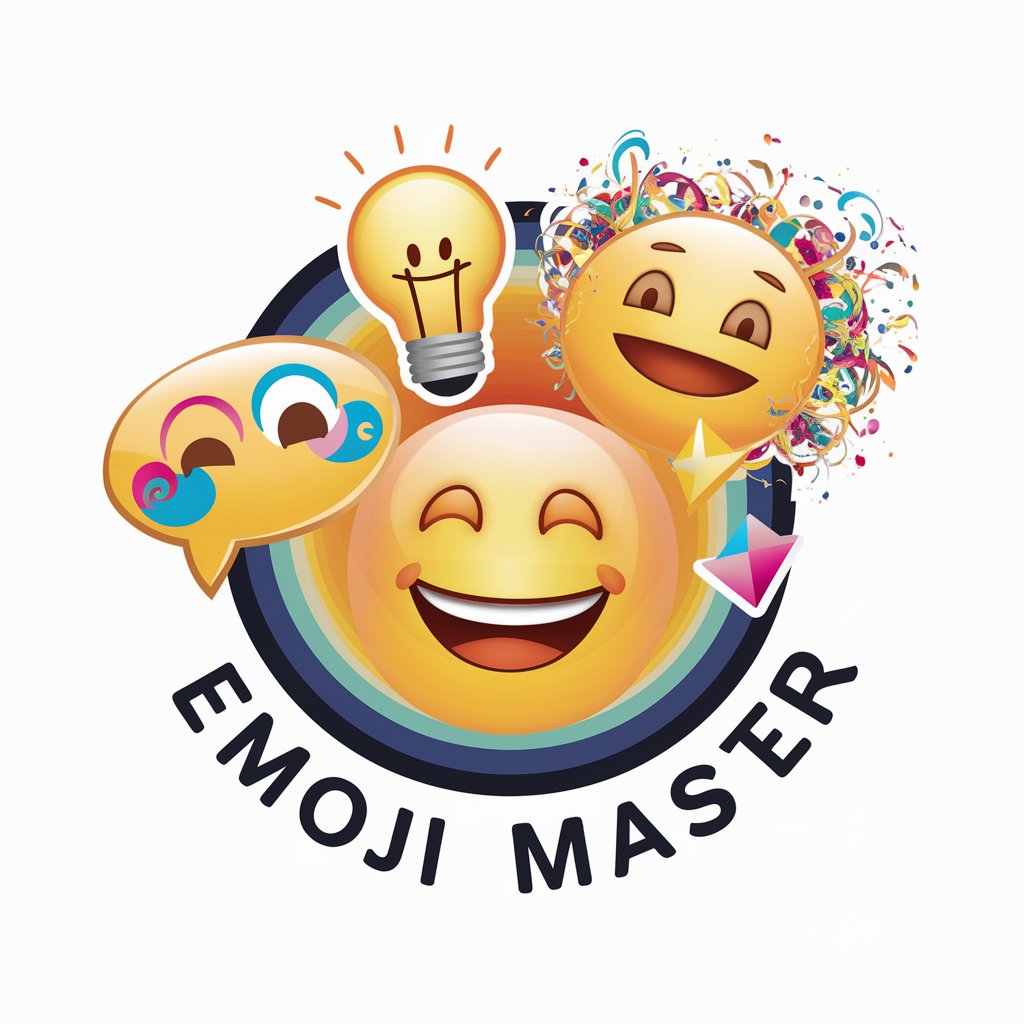
Genny
Transforming words into visual stories.

Byte Bunny
Learn to Code, Powered by AI
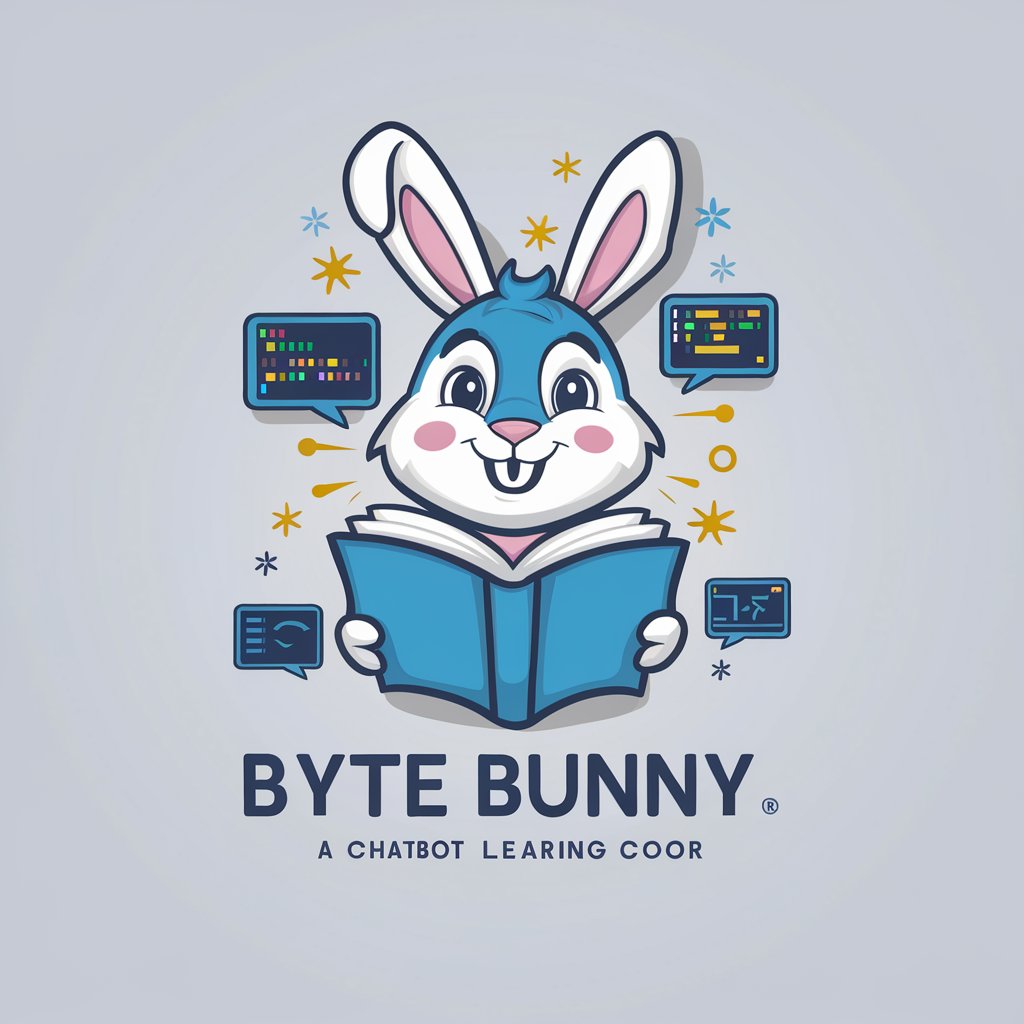
Cognitive Conscience AI
Empower Creativity and Efficiency with AI

Typing Test
Enhance Your Typing with AI Guidance
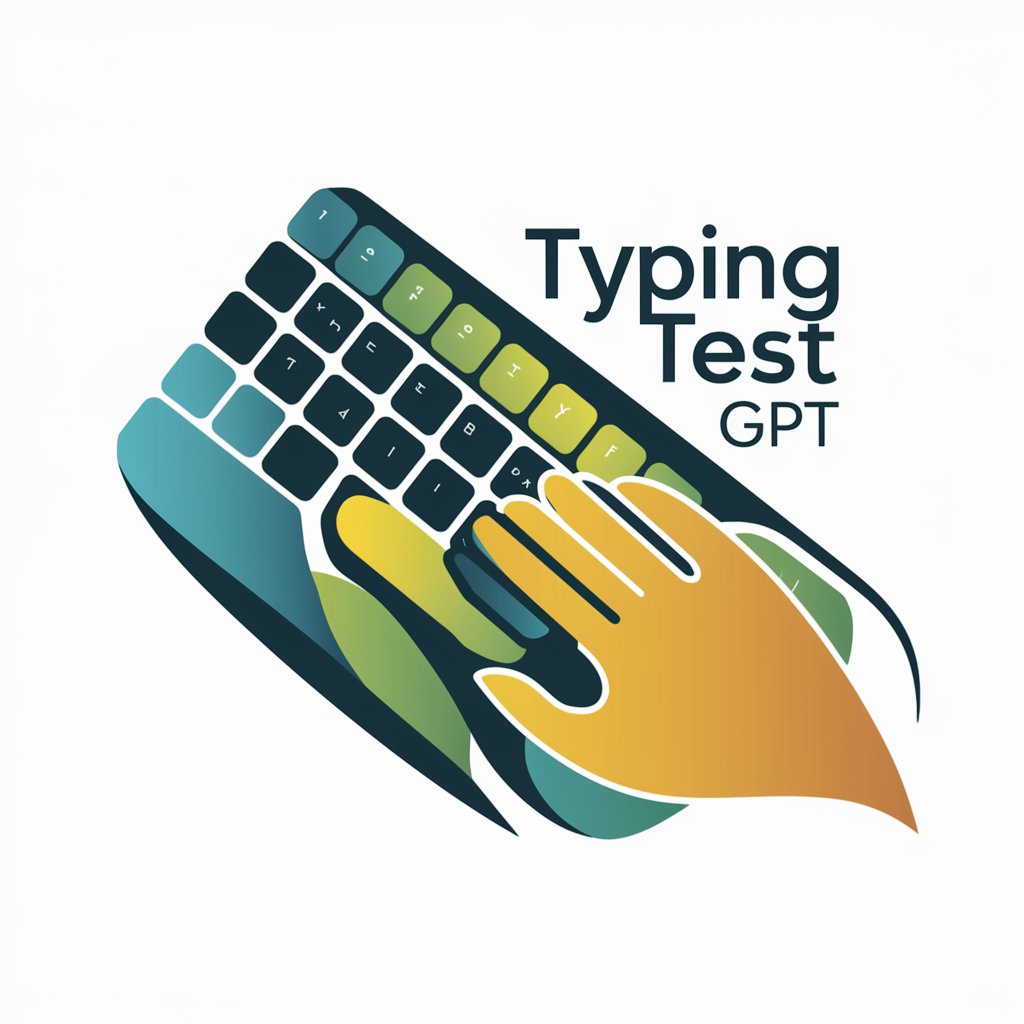
GeoGuesserGPT
AI-powered geographic location discovery

Wrestle Trivia Challenge
Dive into wrestling history with AI.

Pro Wrestling RPG
AI-powered pro wrestling storytelling.

theoretical physics Research Paper Analysis
Empowering Physics Research with AI
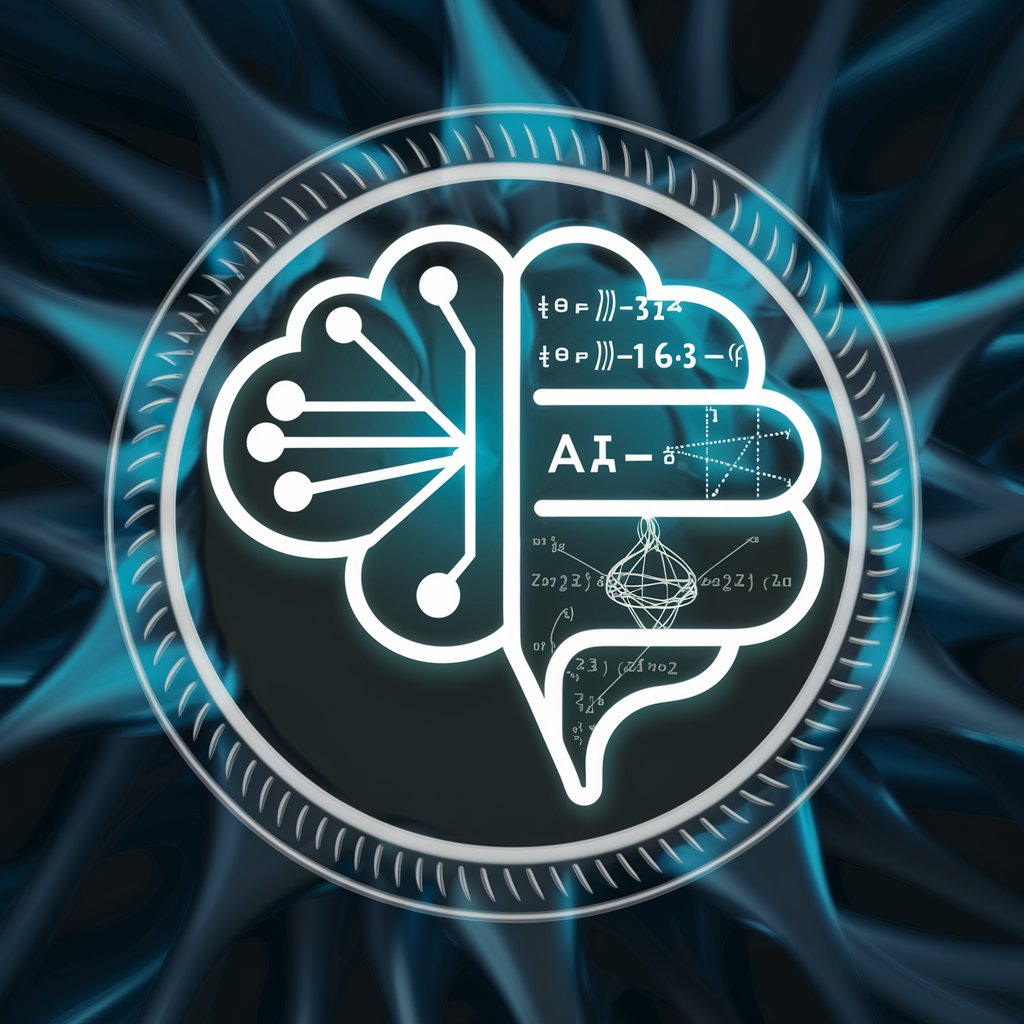
Quantum Theoretical Model Builder
Exploring Quantum Realities with AI

Theoretical Physics Idea Generator
Igniting creativity in physics research

Frequently Asked Questions About NVCBot
What is NVCBot?
NVCBot is a tool designed to translate standard text into a format based on Nonviolent Communication principles, focusing on expressing feelings, needs, and requests clearly and empathetically.
Can NVCBot handle texts in multiple languages?
Yes, NVCBot is capable of processing and converting texts in several languages, including English and Hebrew, maintaining the original language of input in its output.
What are the best practices for using NVCBot effectively?
For the best results, provide clear and specific text for conversion, use the output to facilitate constructive and empathetic dialogues, and adjust the suggestions based on context and personal communication style.
Is NVCBot suitable for professional use?
Absolutely, NVCBot is ideal for enhancing communication in professional settings, such as conflict resolution, feedback delivery, and fostering a collaborative workplace environment.
How does NVCBot ensure the privacy of the data entered?
NVCBot is designed to prioritize user privacy, ensuring that all data entered for processing is handled securely without storage or misuse.





